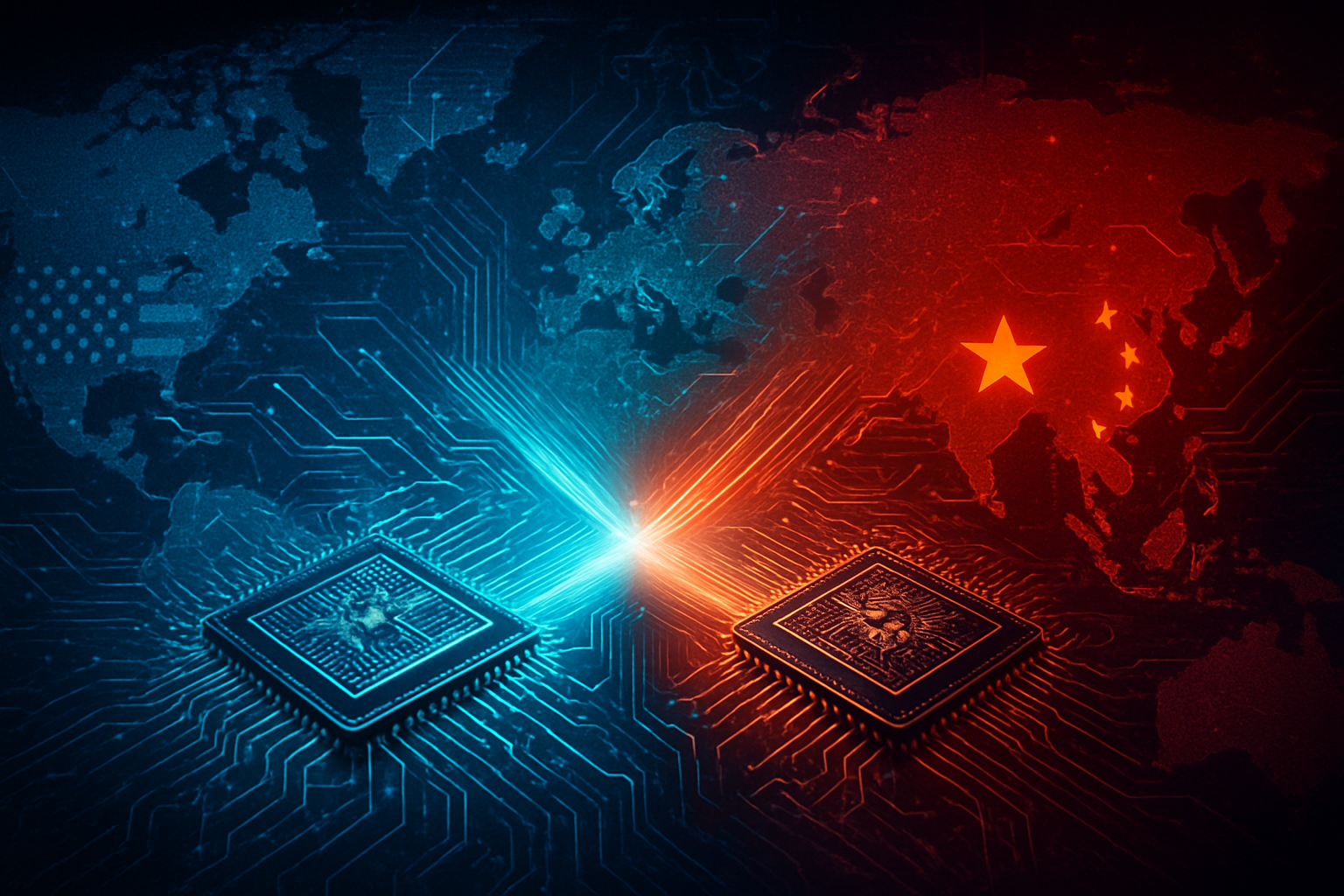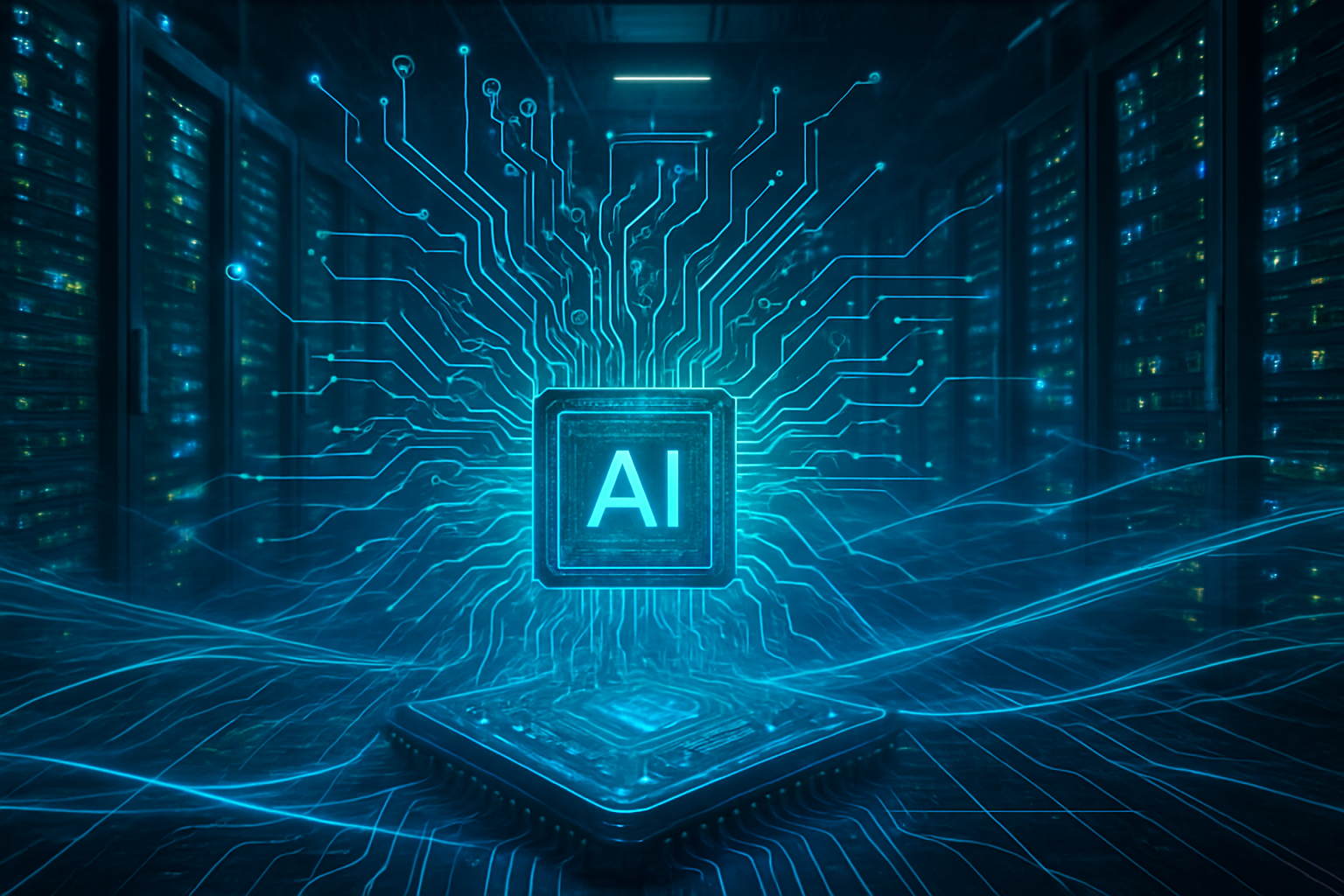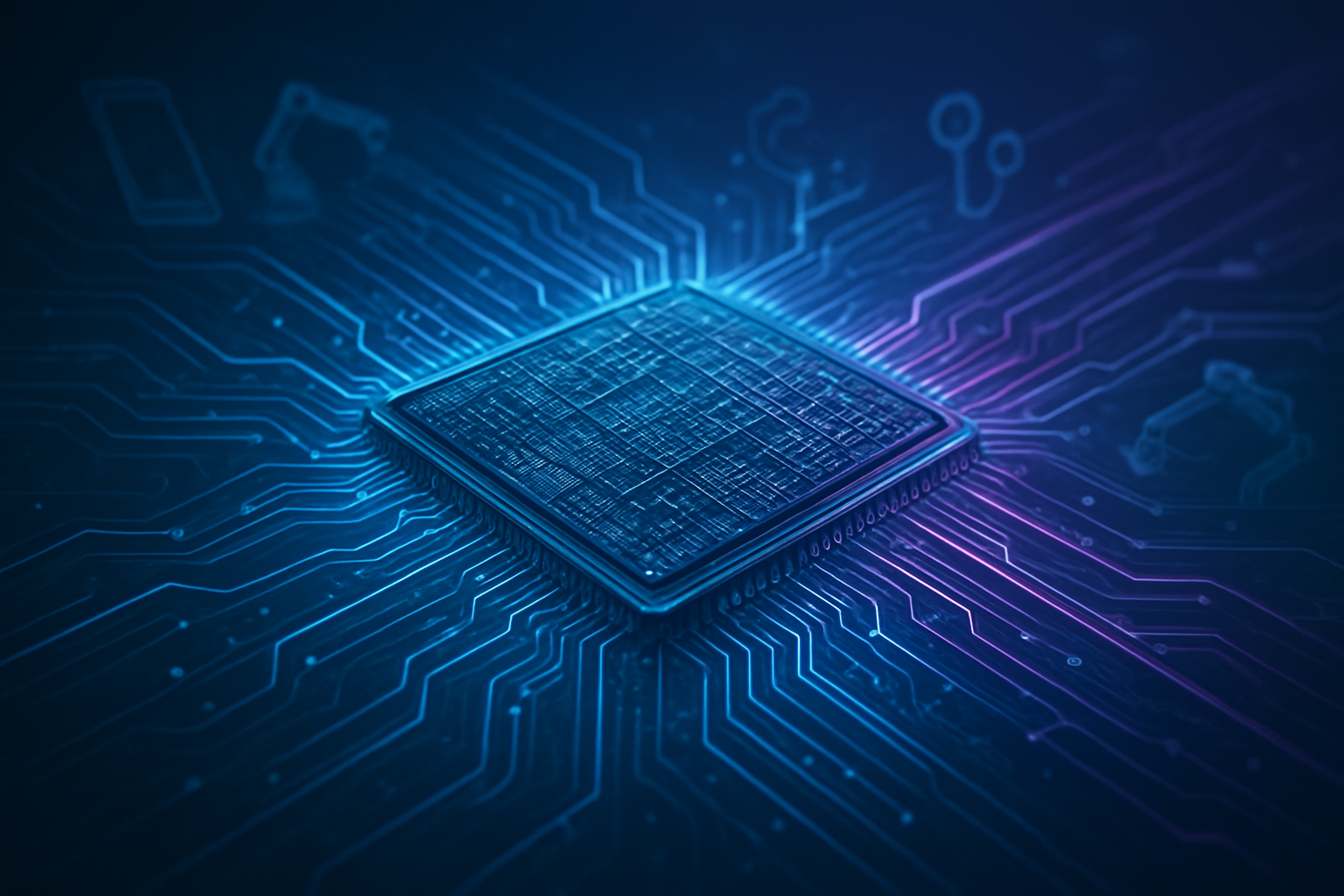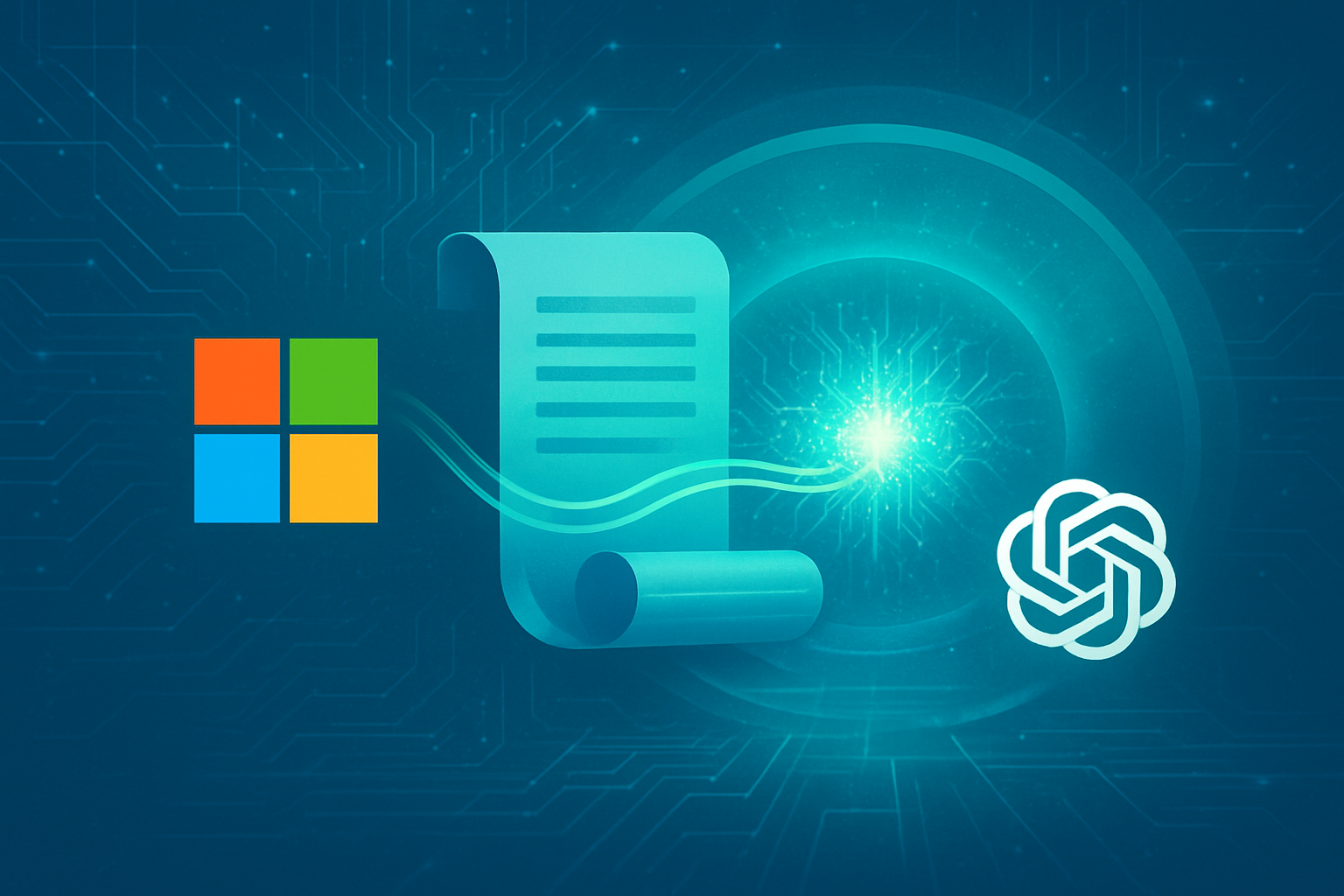The relentless march of artificial intelligence, particularly the exponential growth of large language models (LLMs) and generative AI, is pushing the boundaries of traditional computing. As AI models become more complex and data-hungry, the industry is witnessing a profound paradigm shift: the era of software and hardware co-design. This integrated approach, where the development of silicon and the algorithms it runs are inextricably linked, is no longer a luxury but a critical necessity for achieving optimal performance, energy efficiency, and scalability in the next generation of AI chips.
Moving beyond the traditional independent development of hardware and software, co-design fosters a synergy that is immediately significant for overcoming the escalating demands of complex AI workloads. By tailoring hardware to specific AI algorithms and optimizing software to leverage unique hardware capabilities, systems can execute AI tasks significantly faster, reduce latency, and minimize power consumption. This collaborative methodology is driving innovation across the tech landscape, from hyperscale data centers to the burgeoning field of edge AI, promising to unlock unprecedented capabilities and reshape the future of intelligent computing.
Technical Deep Dive: The Art of AI Chip Co-Design
The shift to AI chip co-design marks a departure from the traditional "hardware-first" approach, where general-purpose processors were expected to run diverse software. Instead, co-design adopts a "software-first" or "top-down" philosophy, where the specific computational patterns and requirements of AI algorithms directly inform the design of specialized hardware. This tightly coupled development ensures that hardware features directly support software needs, and software is meticulously optimized to exploit the unique capabilities of the underlying silicon. This synergy is essential as Moore's Law struggles to keep pace with AI's insatiable appetite for compute, with AI compute needs doubling approximately every 3.5 months since 2012.
Google's Tensor Processing Units (TPUs) exemplify this philosophy. These Application-Specific Integrated Circuits (ASICs) are purpose-built for AI workloads. At their heart lies the Matrix Multiply Unit (MXU), a systolic array designed for high-volume, low-precision matrix multiplications, a cornerstone of deep learning. TPUs also incorporate High Bandwidth Memory (HBM) and custom, high-speed interconnects like the Inter-Chip Interconnect (ICI), enabling massive clusters (up to 9,216 chips in a pod) to function as a single supercomputer. The software stack, including frameworks like TensorFlow, JAX, and PyTorch, along with the XLA (Accelerated Linear Algebra) compiler, is deeply integrated, translating high-level code into optimized instructions that leverage the TPU's specific hardware features. Google's latest Ironwood (TPU v7) is purpose-built for inference, offering nearly 30x more power efficiency than earlier versions and reaching 4,614 TFLOP/s of peak computational performance.
NVIDIA's (NASDAQ: NVDA) Graphics Processing Units (GPUs), while initially designed for graphics, have evolved into powerful AI accelerators through significant architectural and software innovations rooted in co-design. Beyond their general-purpose CUDA Cores, NVIDIA introduced specialized Tensor Cores with the Volta architecture in 2017. These cores are explicitly designed to accelerate matrix multiplication operations crucial for deep learning, supporting mixed-precision computing (e.g., FP8, FP16, BF16). The Hopper architecture (H100) features fourth-generation Tensor Cores with FP8 support via the Transformer Engine, delivering up to 3,958 TFLOPS for FP8. NVIDIA's CUDA platform, along with libraries like cuDNN and TensorRT, forms a comprehensive software ecosystem co-designed to fully exploit Tensor Cores and other architectural features, integrating seamlessly with popular frameworks. The H200 Tensor Core GPU, built on Hopper, features 141GB of HBM3e memory with 4.8TB/s bandwidth, nearly doubling the H100's capacity and bandwidth.
Beyond these titans, a wave of emerging custom ASICs from various companies and startups further underscores the co-design principle. These accelerators are purpose-built for specific AI workloads, often featuring optimized memory access, larger on-chip caches, and support for lower-precision arithmetic. Companies like Tesla (NASDAQ: TSLA) with its Full Self-Driving (FSD) Chip, and others developing Neural Processing Units (NPUs), demonstrate a growing trend towards specialized silicon for real-time inference and specific AI tasks. The AI research community and industry experts universally view hardware-software co-design as not merely beneficial but critical for the future of AI, recognizing its necessity for efficient, scalable, and energy-conscious AI systems. There's a growing consensus that AI itself is increasingly being leveraged in the chip design process, with AI agents automating and optimizing various stages of chip design, from logic synthesis to floorplanning, leading to what some call "unintuitive" designs that outperform human-engineered counterparts.
Reshaping the AI Industry: Competitive Implications
The profound shift towards AI chip co-design is dramatically reshaping the competitive landscape for AI companies, tech giants, and startups alike. Vertical integration, where companies control their entire technology stack from hardware to software, is emerging as a critical strategic advantage.
Tech giants are at the forefront of this revolution. Google (NASDAQ: GOOGL), with its TPUs, benefits from massive performance-per-dollar advantages and reduced reliance on external GPU suppliers. This deep control over both hardware and software, with direct feedback loops between chip designers and AI teams like DeepMind, provides a significant moat. NVIDIA, while still dominant in the AI hardware market, is actively forming strategic partnerships with companies like Intel (NASDAQ: INTC) and Synopsys (NASDAQ: SNPS) to co-develop custom data center and PC products and boost AI in chip design. NVIDIA is also reportedly building a unit to design custom AI chips for cloud customers, acknowledging the growing demand for specialized solutions. Microsoft (NASDAQ: MSFT) has introduced its own custom silicon, Azure Maia for AI acceleration and Azure Cobalt for general-purpose cloud computing, aiming to optimize performance, security, and power consumption for its Azure cloud and AI workloads. This move, which includes incorporating OpenAI's custom chip designs, aims to reduce reliance on third-party suppliers and boost competitiveness. Similarly, Amazon Web Services (NASDAQ: AMZN) has invested heavily in custom Inferentia chips for AI inference and Trainium chips for AI model training, securing its position in cloud computing and offering superior power efficiency and cost-effectiveness.
This trend intensifies competition, particularly challenging NVIDIA's dominance. While NVIDIA's CUDA ecosystem remains powerful, the proliferation of custom chips from hyperscalers offers superior performance-per-dollar for specific workloads, forcing NVIDIA to innovate and adapt. The competition extends beyond hardware to the software ecosystems that support these chips, with tech giants building robust software layers around their custom silicon.
For startups, AI chip co-design presents both opportunities and challenges. AI-powered Electronic Design Automation (EDA) tools are lowering barriers to entry, potentially reducing design time from months to weeks and enabling smaller players to innovate faster and more cost-effectively. Startups focusing on niche AI applications or specific hardware-software optimizations can carve out unique market positions. However, the immense cost and complexity of developing cutting-edge AI semiconductors remain a significant hurdle, though specialized AI design tools and partnerships can help mitigate these. This disruption also extends to existing products and services, as general-purpose hardware becomes increasingly inefficient for highly specialized AI tasks, leading to a shift towards custom accelerators and a rethinking of AI infrastructure. Companies with vertical integration gain strategic independence, cost control, supply chain resilience, and the ability to accelerate innovation, providing a proprietary advantage in the rapidly evolving AI landscape.
Wider Significance: Beyond the Silicon
The widespread adoption of software and hardware co-design in AI chips represents a fundamental shift in how AI systems are conceived and built, carrying profound implications for the broader AI landscape, energy consumption, and accessibility.
This integrated approach is indispensable given current AI trends, including the growing complexity of AI models like LLMs, the demand for real-time AI in applications such as autonomous vehicles, and the proliferation of Edge AI in resource-constrained devices. Co-design allows for the creation of specialized accelerators and optimized memory hierarchies that can handle massive workloads more efficiently, delivering ultra-low latency, and enabling AI inference on compact, energy-efficient devices. Crucially, AI itself is increasingly being leveraged as a co-design tool, with AI-powered tools assisting in architecture exploration, RTL design, synthesis, and verification, creating an "innovation flywheel" that accelerates chip development.
The impacts are profound: drastic performance improvements, enabling faster execution and higher throughput; significant reductions in energy consumption, vital for large-scale AI deployments and sustainable AI; and the enabling of entirely new capabilities in fields like autonomous driving and personalized medicine. While the initial development costs can be high, long-term operational savings through improved efficiency can be substantial.
However, potential concerns exist. The increased complexity and development costs could lead to market concentration, with large tech companies dominating advanced AI hardware, potentially limiting accessibility for smaller players. There's also a trade-off between specialization and generality; highly specialized co-designs might lack the flexibility to adapt to rapidly evolving AI models. The industry also faces a talent gap in engineers proficient in both hardware and software aspects of AI.
Comparing this to previous AI milestones, co-design represents an evolution beyond the GPU era. While GPUs marked a breakthrough for deep learning, they were general-purpose accelerators. Co-design moves towards purpose-built or finely-tuned hardware-software stacks, offering greater specialization and efficiency. As Moore's Law slows, co-design offers a new path to continued performance gains by optimizing the entire system, demonstrating that innovation can come from rethinking the software stack in conjunction with hardware architecture.
Regarding energy consumption, AI's growing footprint is a critical concern. Co-design is a key strategy for mitigation, creating highly efficient, specialized chips that dramatically reduce the power required for AI inference and training. Innovations like embedding memory directly into chips promise further energy efficiency gains. Accessibility is a double-edged sword: while high entry barriers could lead to market concentration, long-term efficiency gains could make AI more cost-effective and accessible through cloud services or specialized edge devices. AI-powered design tools, if widely adopted, could also democratize chip design. Ultimately, co-design will profoundly shape the future of AI development, driving the creation of increasingly specialized hardware for new AI paradigms and accelerating an innovation feedback loop.
The Horizon: Future Developments in AI Chip Co-Design
The future of AI chip co-design is dynamic and transformative, marked by continuous innovation in both design methodologies and underlying technologies. Near-term developments will focus on refining existing trends, while long-term visions paint a picture of increasingly autonomous and brain-inspired AI systems.
In the near term, AI-driven chip design (AI4EDA) will become even more pervasive, with AI-powered Electronic Design Automation (EDA) tools automating circuit layouts, enhancing verification, and optimizing power, performance, and area (PPA). Generative AI will be used to explore vast design spaces, suggest code, and even generate full sub-blocks from functional specifications. We'll see a continued rise in specialized accelerators for specific AI workloads, particularly for transformer and diffusion models, with hyperscalers developing custom ASICs that outperform general-purpose GPUs in efficiency for niche tasks. Chiplet-based designs and heterogeneous integration will become the norm, allowing for flexible scaling and the integration of multiple specialized chips into a single package. Advanced packaging techniques like 2.5D and 3D integration, CoWoS, and hybrid bonding will be critical for higher performance, improved thermal management, and lower power consumption, especially for generative AI. Memory-on-Package (MOP) and Near-Memory Compute will address data transfer bottlenecks, while RISC-V AI Cores will gain traction for lightweight inference at the edge.
Long-term developments envision an ultimate state where AI-designed chips are created with minimal human intervention, leading to "AI co-designing the hardware and software that powers AI itself." Self-optimizing manufacturing processes, driven by AI, will continuously refine semiconductor fabrication. Neuromorphic computing, inspired by the human brain, will aim for highly efficient, spike-based AI processing. Photonics and optical interconnects will reduce latency for next-gen AI chips, integrating electrical and photonic ICs. While nascent, quantum computing integration will also rely on co-design principles. The discovery and validation of new materials for smaller process nodes and advanced 3D architectures, such as indium-based materials for EUV patterning and new low-k dielectrics, will be accelerated by AI.
These advancements will unlock a vast array of potential applications. Cloud data centers will see continued acceleration of LLM training and inference. Edge AI will enable real-time decision-making in autonomous vehicles, smart homes, and industrial IoT. High-Performance Computing (HPC) will power advanced scientific modeling. Generative AI will become more efficient, and healthcare will benefit from enhanced AI capabilities for diagnostics and personalized treatments. Defense applications will see improved energy efficiency and faster response times.
However, several challenges remain. The inherent complexity and heterogeneity of AI systems, involving diverse hardware and software frameworks, demand sophisticated co-design. Scalability for exponentially growing AI models and high implementation costs pose significant hurdles. Time-consuming iterations in the co-design process and ensuring compatibility across different vendors are also critical. The reliance on vast amounts of clean data for AI design tools, the "black box" nature of some AI decisions, and a growing skill gap in engineers proficient in both hardware and AI are also pressing concerns. The rapid evolution of AI models creates a "synchronization issue" where hardware can quickly become suboptimal.
Experts predict a future of convergence and heterogeneity, with optimized designs for specific AI workloads. Advanced packaging is seen as a cornerstone of semiconductor innovation, as important as chip design itself. The "AI co-designing everything" paradigm is expected to foster an innovation flywheel, with silicon hardware becoming almost as "codable" as software. This will lead to accelerated design cycles and reduced costs, with engineers transitioning from "tool experts" to "domain experts" as AI handles mundane design aspects. Open-source standardization initiatives like RISC-V are also expected to play a role in ensuring compatibility and performance, ushering in an era of AI-native tooling that fundamentally reshapes design and manufacturing processes.
The Dawn of a New Era: A Comprehensive Wrap-up
The interplay of software and hardware in the development of next-generation AI chips is not merely an optimization but a fundamental architectural shift, marking a new era in artificial intelligence. The necessity of co-design, driven by the insatiable computational demands of modern AI, has propelled the industry towards a symbiotic relationship between silicon and algorithms. This integrated approach, exemplified by Google's TPUs and NVIDIA's Tensor Cores, allows for unprecedented levels of performance, energy efficiency, and scalability, far surpassing the capabilities of general-purpose processors.
The significance of this development in AI history cannot be overstated. It represents a crucial pivot in response to the slowing of Moore's Law, offering a new pathway for continued innovation and performance gains. By tailoring hardware precisely to software needs, companies can unlock capabilities previously deemed impossible, from real-time autonomous systems to the efficient training of trillion-parameter generative AI models. This vertical integration provides a significant competitive advantage for tech giants like Google, NVIDIA, Microsoft, and Amazon, enabling them to optimize their cloud and AI services, control costs, and secure their supply chains. While posing challenges for startups due to high development costs, AI-powered design tools are simultaneously lowering barriers to entry, fostering a dynamic and competitive ecosystem.
Looking ahead, the long-term impact of co-design will be transformative. The rise of AI-driven chip design will create an "innovation flywheel," where AI designs better chips, which in turn accelerate AI development. Innovations in advanced packaging, new materials, and the exploration of neuromorphic and quantum computing architectures will further push the boundaries of what's possible. However, addressing challenges such as complexity, scalability, high implementation costs, and the talent gap will be crucial for widespread adoption and equitable access to these powerful technologies.
In the coming weeks and months, watch for continued announcements from major tech companies regarding their custom silicon initiatives and strategic partnerships in the chip design space. Pay close attention to advancements in AI-powered EDA tools and the emergence of more specialized accelerators for specific AI workloads. The race for AI dominance will increasingly be fought at the intersection of hardware and software, with co-design being the ultimate arbiter of performance and efficiency. This integrated approach is not just optimizing AI; it's redefining it, laying the groundwork for a future where intelligent systems are more powerful, efficient, and ubiquitous than ever before.
This content is intended for informational purposes only and represents analysis of current AI developments.
TokenRing AI delivers enterprise-grade solutions for multi-agent AI workflow orchestration, AI-powered development tools, and seamless remote collaboration platforms.
For more information, visit https://www.tokenring.ai/.









